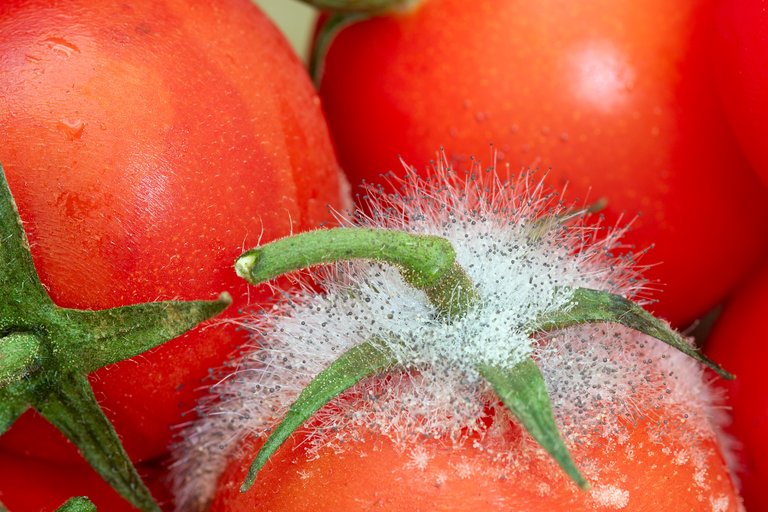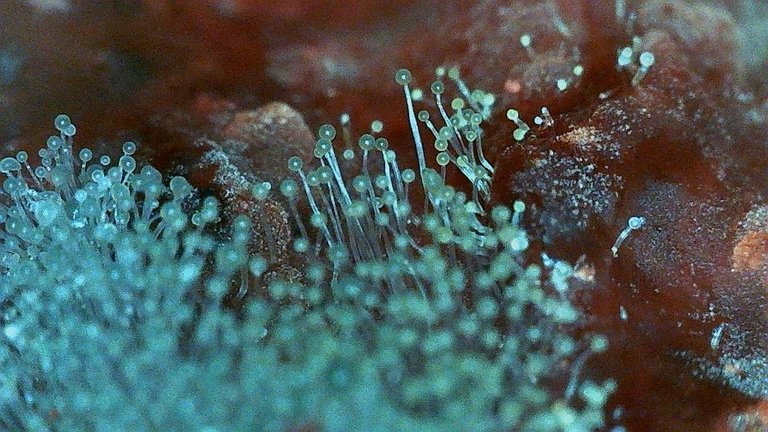I love freshly baked bread and will not eat any bread that looks stale or been produced for more than 24 hours. When I go to purchase bread, I try to ask when it was produced and delivered, any above 24 hours is not my thing and this is because I fear for mold growth on the bread but wait, are molds not everywhere around us?
We have them everywhere and even breath them in, and they are not going anywhere anytime soon. But come to think of it, there two types of mold; the ones that are beneficial and the ones that are detrimental. In the group of beneficial molds is Penicillium notatum which gave rise of the antibiotics Penicillin and in the group of non-beneficial ones is Aspergillus flavus which can release toxins that are capable of causing harm or death to humans.
The fungus grows just like any other fungi with its threadlike filament looking roots known as Hyphae which it uses to feed. Molds are found in stale breads and rotten tomatoes but by the time you are seeing the mold on the surface of your food item, its hyphae would have spread round the food item. The mold release enzymes and start feeding on the food items but while they love bread and tomatoes, mold can also be found on margarine, dead skin, soaps, and so many other substance.
Molds have spores which are formed on the tip of their stalks and these spores are used for the purpose of reproduction and each mold can produce thousands of spores and this makes the number of spores in the atmosphere can run into the millions. In humans, molds can have health effect like in the case of having to inhale a high amount of Cladosporium into the lungs which can trigger allergies and effects like Asthma. Molds like Stachybotrys releases mycotoxins which are airborne which can affect our cognitive abilities when inhaled but mold's mycotoxins don't only go in through air, they are found in the moldy food that you are about to cut the top layer off and eat the lower part. The mycotoxins make food potentially poisonous including neurotoxins but for them to be dangerous, it has to do with dose. Currently, we know about 400 mycotoxins produced by molds and they can be dangerous when consumed in excess. Eating small amount of mold over a long period of tie can lead to serious diseases such as lung disease, kidney disease, and cancer. If a bread is moldy, just dispose it because the part of the mold that is visible to the eyes is just the tip of the iceberg, I mean worryberg if there's anything like that. Molds are not entirely bad because some species like Tolypocladium inflatum is used to make Cyclosporine drug, and mold like Aspergillus niger which is used to make citric acid which is a food preservative and flavor additive. Some molds are not bad and they are part of our meals but when they are not part and they grow on the food, it is advisable to discard the food instead of looking for excuses like texture and so on to be able to consume it. https://www.sciencedirect.com/science/article/abs/pii/S2214799319300608
Wikimedia
https://www.who.int/news-room/fact-sheets/detail/mycotoxins
https://pmc.ncbi.nlm.nih.gov/articles/PMC164220/
https://www.tandfonline.com/doi/full/10.1080/23311932.2016.1213127#abstract
https://www.fsis.usda.gov/food-safety/safe-food-handling-and-preparation


Thanks for your contribution to the STEMsocial community. Feel free to join us on discord to get to know the rest of us!
Please consider delegating to the @stemsocial account (85% of the curation rewards are returned).
Thanks for including @stemsocial as a beneficiary, which gives you stronger support.